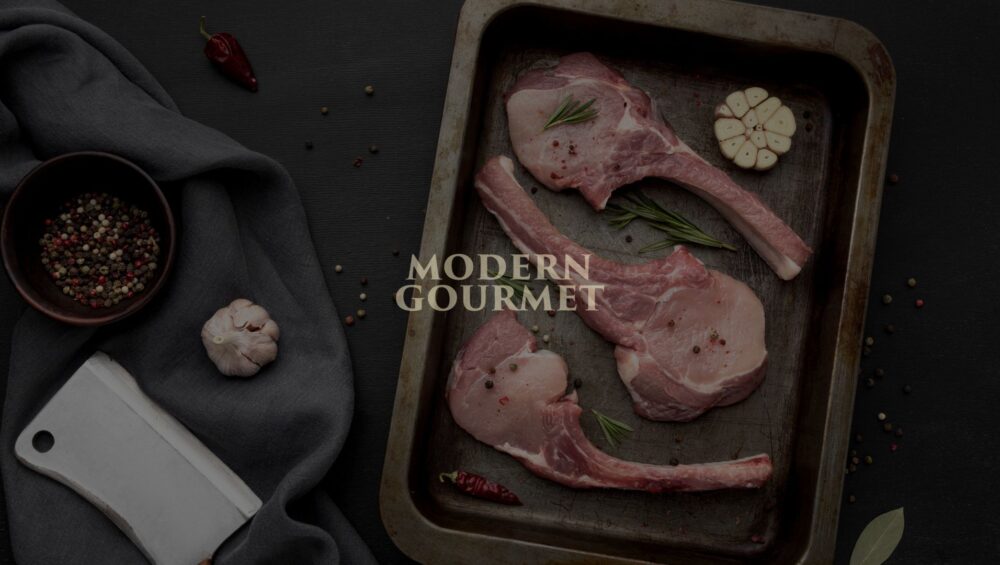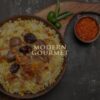Mumbai, a city that never sleeps, is not just the financial capital of India but also a melting pot of cultures, traditions, and, most importantly, flavors. Among its diverse culinary offerings, mutton dishes hold a special place in the hearts of Mumbaikars. The rich history of mutton dishes in Mumbai is a testament to the city’s love for this tender and flavorful meat, which has been a part of its gastronomic landscape for centuries. Let’s take a journey through time to explore how mutton dishes have evolved in Mumbai and why they continue to be a staple in the city’s cuisine.
The history of mutton dishes in Mumbai can be traced back to the Mughal era. The Mughals, known for their grand feasts and rich culinary traditions, introduced a variety of mutton dishes that have since become integral to Mumbai’s food culture. Biryani, kebabs, and kormas were brought to the region by Mughal rulers and have been adapted over the years to suit local tastes. The use of aromatic spices, slow-cooking techniques, and marination processes learned from Mughal chefs have been passed down through generations, making these dishes a beloved part of Mumbai’s cuisine.
The Parsi community, who migrated to Mumbai in the 19th century, has also significantly influenced the city’s mutton dishes. Parsis are known for their unique culinary traditions, which blend Persian and Indian flavors. Signature Parsi mutton dishes such as Mutton Dhansak and Salli Boti are now iconic in Mumbai’s culinary scene. These dishes are characterized by their sweet and sour flavor profiles, the use of dried fruits, and the incorporation of lentils and vegetables, offering a unique twist to traditional mutton preparations.
Mumbai’s coastal location has also played a role in shaping its mutton dishes. The Koli community, the original inhabitants of Mumbai, have their own distinctive mutton recipes. Influenced by the availability of fresh coconuts and spices, Koli mutton curry is a delightful blend of coastal flavors, featuring coconut milk, tamarind, and a medley of local spices. This dish highlights how regional ingredients have been creatively used to enhance the flavor of mutton.
Mumbai’s vibrant street food culture has not left mutton behind. Iconic street food joints and Irani cafes across the city serve delicious mutton dishes that are a favorite among locals and tourists alike. Keema Pav, a spicy minced mutton dish served with buttered bread rolls, is a street food staple that perfectly captures the essence of Mumbai’s culinary diversity. Similarly, Baida Roti, a flaky flatbread stuffed with spicy mutton, is another beloved street food that showcases the city’s love for mutton.
While traditional mutton dishes continue to be popular, contemporary chefs in Mumbai are experimenting with new ways to present this classic meat. Fusion cuisine has brought about innovative mutton dishes that combine global culinary techniques with local flavors. Mutton burgers, mutton tacos, and gourmet mutton pizzas are just a few examples of how modern cuisine is reimagining traditional mutton dishes for the urban palate.
The rich history of mutton dishes in Mumbai is a reflection of the city’s diverse cultural heritage and its evolving culinary landscape. From the opulent feasts of the Mughal era to the innovative fusion dishes of today, mutton continues to be a cherished ingredient in Mumbai’s kitchens. Whether enjoyed in a traditional curry, a street food delicacy, or a contemporary gourmet creation, mutton dishes remain a testament to Mumbai’s love for good food and its ability to adapt and innovate.



